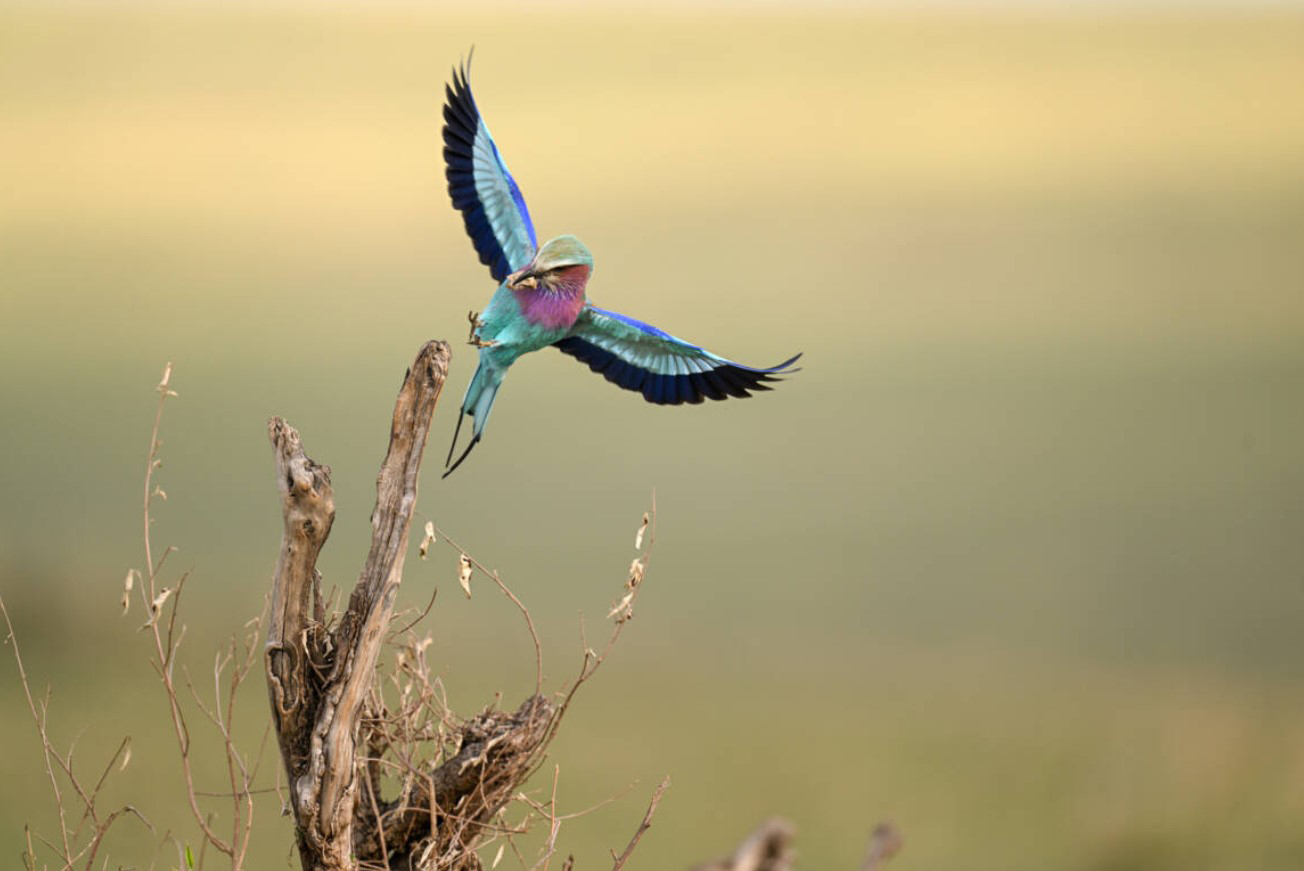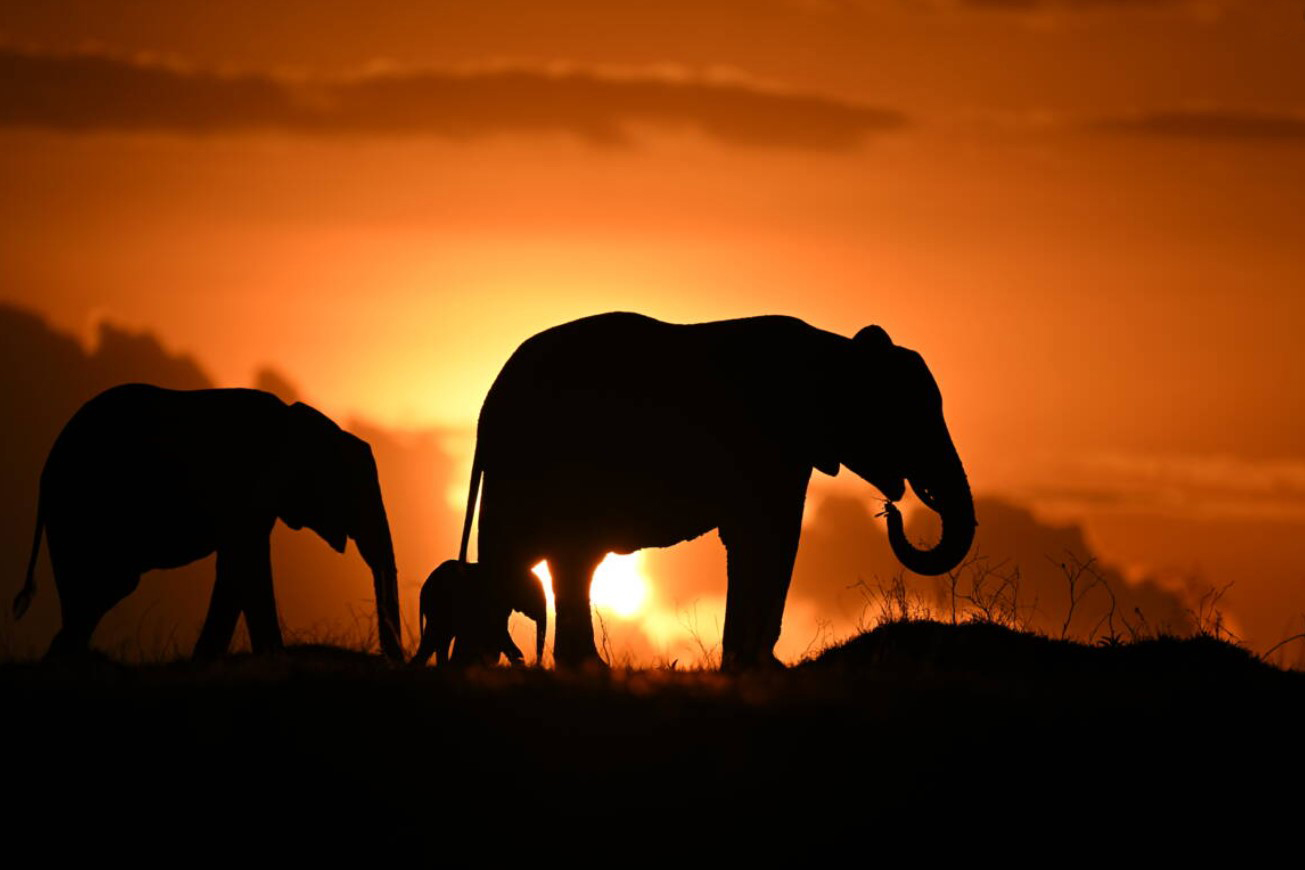Il famoso fotografo naturalista Roie Galitz ha reinventato la sua carriera fotografica quando ha scoperto la sua passione per la natura. Ora, afferma che la Nikon Z 9 sta rivoluzionando il modo in cui fotografa gli animali allo stato brado

“Per me, la Nikon Z 9 è come una fotocamera del futuro”, afferma Roie Galitz. Uno dei fotografi naturalistici più famosi al mondo, scatta dalle terre desolate sotto zero dei poli al caldo torrido della savana africana e ovunque nel mezzo. Uno dei primi a testare la Nikon Z 9 insieme al nuovo NIKKOR Z 400mm f/2.8 TC VR S, Roie — che è israeliano, ma vive a New York City — ha portato l’attrezzatura in un viaggio in Kenya per fotografare leoni, ghepardi ed elefanti.

“Il caldo estremo è molto più difficile da fotografare rispetto al freddo estremo”, afferma. “Voglio dire, c’è un limite alla quantità di vestiti che puoi toglierti! In ambienti estremamente freddi ho un equipaggiamento straordinario che mi protegge molto bene e puoi sempre indossare un altro strato o saltare per stare al caldo. Il calore è qualcosa di diverso. Una volta ero dentro una pelle dove c’erano più di 45°C. Preferisco decisamente il freddo!” Roie ha avuto due inizi nella fotografia, poiché ha abbandonato la sua carriera la prima volta. “Avevo sempre voluto essere un fotografo e alla fine lo sono diventato, e lo odiavo! Stavo facendo fotografia commerciale. Scattare foto di prodotti era estremamente noioso e sentivo di farlo solo per soldi”, afferma. “Così ho trovato lavoro nella finanza, ma in seguito ho riscoperto la mia passione per la fotografia. Ho iniziato a scrivere di fotografia, e poi a insegnarla, e ho scoperto cosa volevo davvero fare”. La fauna selvatica si è rivelata l’argomento che ha riacceso la passione di Roie per la creazione di immagini. I suoi primi successi includevano la ripresa di immagini pluripremiate di orsi polari alle Svalbard, in Norvegia, che ha ottenuto dopo diversi viaggi lì. La sua fotografia naturalistica è stata pubblicata dal National Geographic e dalla BBC e gli è valsa più di 70 premi. Nel processo di reinventarsi come fotografo naturalista, lo spirito imprenditoriale di Roie ha preso piede. “Ho lasciato il mio lavoro finanziario e poi tutto è esploso. Ho fondato una scuola di fotografia che ora ha più di 30.000 diplomati”, dice dell’apertura della Galitz School of Photography, a Tel Aviv nel 2007. “Nel 2009, ho creato una rivista di fotografia, Composition, e poi una compagnia di viaggi fotografici, Phototeva Spedizioni. Aggiunge: “Non conosco un solo fotografo che sia solo un ‘fotografo’. Per avere successo, certo, devi avere creatività e buone conoscenze tecniche, ma hai anche bisogno di quello spirito imprenditoriale. È come un sacco di cose: avere un talento non è abbastanza.

Roie now spends his time shooting around the world, often taking groups of interested photographers with him on expeditions organised by his travel company. “I’m a conservationist, a Greenpeace Ambassador and a board member of NGOs. When I travel with a group to Svalbard, or Kamchatka, or Alaska it’s as an ambassador for the wild and those with me also become ambassadors for the wild,” he says. “And we work while we’re there, too. For example, in Svalbard we clean the beaches of plastic — plastic that comes from Mexico! It’s sustainable tourism that supports local people and protects the environment.” When it comes to carbon footprints and more, as an environmentalist, ”Travel is a dilemma,” he admits. “But if the outcome is greater than the cost, that is a positive thing.”
On a recent trip to Kenya, Roie tested the Nikon Z 9 and the NIKKOR Z 400mm f/2.8 TC VR S to the extremes, egged on by Nikon engineers in Japan. “When I took the Nikon Z 9 and the 400 TC to the Maasai Mara I was in touch with the Nikon engineers all the time. They wanted me to really push the camera and lens, so I threw everything at it,” says Roie. “They challenged me to try to get flare and ghosting so I did my best. I’m a very technical photographer but with this lens I just couldn’t get any ghosting or flare, even with the sun in the corner of the frame. It’s incredible.”

As for his subject matter: “I was shooting cheetahs chasing prey and they’re going at 100km an hour. I’m in tall grass and need to focus on the eye of the animal. No problem. And this is shooting 400 f/2.8 and using the teleconverter, which shifts the lens immediately to a 560. But this camera is so accurate, so fast.”
One of the Nikon Z 9’s features that Roie appreciated was that, “There’s no blackout on the viewfinder when you shoot. You don’t have to think about focusing at all and it’s doing 20fps in RAW. You just can’t use any other camera after using the Nikon Z 9. It’s not evolution, it’s revolution. And that lens, well, it’s two lenses in one really, a 400 and a 560, and it’s incredible.”
Roie believes that using the Nikon Z 9 will even change the content of his work. “Animals never read the script, so you have to be ready. A camera like this lets me be more creative, because there are fewer technical things I have to think about. Not even the battery, since I shot 10,000 photos on one charge.”


No comment yet, add your voice below!